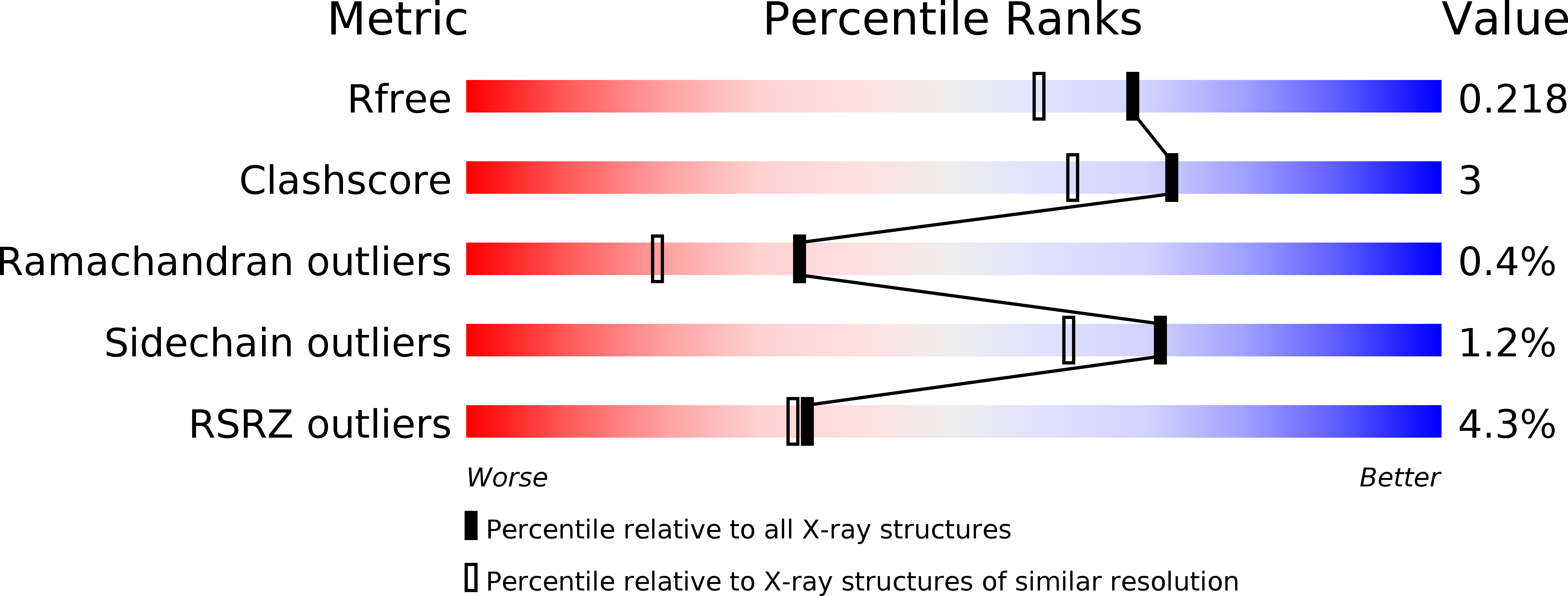
Deposition Date
2013-12-20
Release Date
2014-02-05
Last Version Date
2024-02-28
Entry Detail
PDB ID:
4O6A
Keywords:
Title:
Mouse cyclic GMP-AMP synthase (cGAS) in complex with DNA
Biological Source:
Source Organism:
Mus musculus (Taxon ID: 10090)
Host Organism:
Method Details:
Experimental Method:
Resolution:
1.86 Å
R-Value Free:
0.21
R-Value Work:
0.18
R-Value Observed:
0.18
Space Group:
C 1 2 1


